Generally, when one thinks of the expansion of Western Europeans, one typically thinks of the overseas empires from 1500 to the 20th Century. There is another period of European expansion, however, which is at least as important: the Middle Ages. During the Middle Ages, what we now think of as Western European culture and institutions emerged and spread across the continent. Without this expansion, the later conquests would not have been possible.
Today we have a very clear idea of what Western European culture represents. While its historical antecedents go back to Biblical Israel, Ancient Greece, and Ancient Rome, its true form did not emerge until the Middle Ages. It was during the era that distinctively Western institutions and values were established, including:
A dual loyalty to:
The Catholic Church in Rome
The King
Feudalism, a uniquely decentralized Agrarian system where kings gave land to their lords in return for military service in times of wars
A relentless military competition between lords
Knights
Castles
A secondary competition to marry the daughters of great lords to create military alliances and inherit the land of lords who died without sons.
Farming system based on the:
Serfdom
Production of wheat, barley, oats and rye
Three-field system with one-third of the land being left to fallow
Horse-drawn heavy iron plows
Autonomous cities
Universities
Representative councils, where kings were forced to negotiate with their lords to raise taxes to fund Royal armies.
Monasteries and nunneries
Roman law
Gothic architecture
Latin and later Germanic languages
It all starts with food
This Medieval system did not just suddenly emerge after the collapse of the Western Roman empire. For at least four centuries after this pivotal event, little of the above existed. This Medieval system could only emerge when food production reached levels that would enable it to evolve.
The Medieval farming system originated in Francia (modern-day Belgium, Northern France, and the Upper Rhine). The geography of this region played a profound role in determining why this region could jump to a new farming system.
The Medieval farming system roughly doubled food production. This dramatically increased the food surplus, which then caused:
A rapid growth in population.
A spread of agriculture into previously uncultivated lands
Urbanization
Commercialization of lands near new cities
Migration to entirely new regions on the periphery of Europe
Medieval Migration
The Medieval system gradually spread through a combination of:
Individual feudal knights and aristocrats migrating in search of lands to conquer
Migration of farmers, merchants, and artisans to newly conquered lands
Adoption of Medieval farming practices
In many ways, it was similar to the “Wild West” in the United States. Organized militaries played a role, but expansion was mainly on the initiative of individuals who were seeking a better life. These settlers brought their genes, language, religion, culture, and institutions with them.
The population of Europe was not only growing, it was migrating. This migration includes:
Peasants moving to local cities to escape feudal obligations.
Farmers establishing daughter farmsteads within walking distance from their original homes.
In some cases, settlers hundreds or even thousands of miles from their birthplaces.
The Medieval system, while very backward compared to modern societies, had a relentless desire to expand. Particularly the younger sons in titled families who would likely inherit nothing were driven to acquire new lands and Glory elsewhere. They spent their lives training for combat, and they were determined to leverage those skills into a better future.
Each lord wanted more land, more farmers, and more vassals. Individual feudal knights and aristocrats had a relentless drive to conquer arable lands so they could acquire more serfs to tax. The more land they had, the more taxes they could raise, and the bigger armies they could build. Those armies could then be used for another round of military conquest.
The Late Medieval and Early Modern period was driven by a relentless process of medium fish gobbling up smaller fish, and then the biggest of the medium fish fighting to see who could grow into the biggest of fish.
This process was achieved in a few key steps:
The establishment of the Medieval system in Francia. The first step was the Medieval farming system and then the other elements followed.
The spread of the Medieval system to Paris, which enabled the French king to become the dominant power in Western Europe.
Note how small the French royal domains (in light blue) that were directly owned by the French king in 1030. This mattered because the taxes and money from rents went directly to the King in the royal domain, while in the feudal lands, the bulk went to Dukes and Counts. This money could be used to build castles and raise armies.The gradual expansion of the power of French kings at the expense of French dukes, counts, and lords. Note how much the French royal domain grew by 1477. The French monarch accomplished this by
taking back their feudal lands when a lord died without male heirs, and
by fighting off the English in the Hundred Years’ War and turning the reconquered lands in the Royal domain.
The Norman conquest of England in 1066 and the subsequent consolidation of the Medieval system in England.
The military conquest by the English of Wales, southern Scotland, and parts of Ireland.
The Reconquista of Muslim-controlled lands in Iberia, leading to the formation of the Christian Kingdoms of Castile, Leon, Aragon, and Portugal. By 1516, the former three kingdoms merged into the Spanish Empire, which quickly became the dominant power in Europe.
Germanic Crusades to conquer Prussia and the Baltic states.
The migration of German peasants and artisans into Central Europe and the Baltics.
I plan to write articles on many of these events in the future.
Europe was now Europe
By about 1400 Western European culture and the Medieval system dominated most of the European continent, with the following exceptions:
Commercial societies, such as Northern Italy, Flanders, and the Netherlands.
The Celtic fringe of the British isles, particularly Northern Scotland and parts of Ireland, which resisted English rule.
Byzantine empire, which maintained Greek and Roman traditions
Balkans, which was dominated by the Byzantines or Steppe herders
Eastern Europe, where the Russian Empire became the dominant power
Scandinavia, which preserved Free Peasant societies based on Viking traditions.
Note that all the above were influenced by Western European cultures and institutions, but they were not fully absorbed into the Western world. This was often because Medieval farming practices were not productive in their local geographies. Without this key foundation, Medieval culture and institutions could not be fully established.
Central Europe was a bit of a hybrid with Medieval towns that closely resembled towns in Northwest Europe and with German and Jewish citizenry. The countryside, however, was dominated by Slavic peasants who still had not adopted Medieval farming practices. This ethnic diversity eventually exploded into savage violent conflict in the 20th Century.
The Crusades can be also thought of as a failed attempt to export the Medieval system to the Middle East.
In many cases, non-Western kingdoms on the periphery maintained their independence, but they could only do so by adopting Western military technologies and organizations.
Want to learn more?
If you are interested in learning more about Medieval Europe, I recommend that you read the following summary in my library of online book summaries:
You can also read more articles on related topics:
Holy Roman Empire was an incubator of Progress
Medieval cities




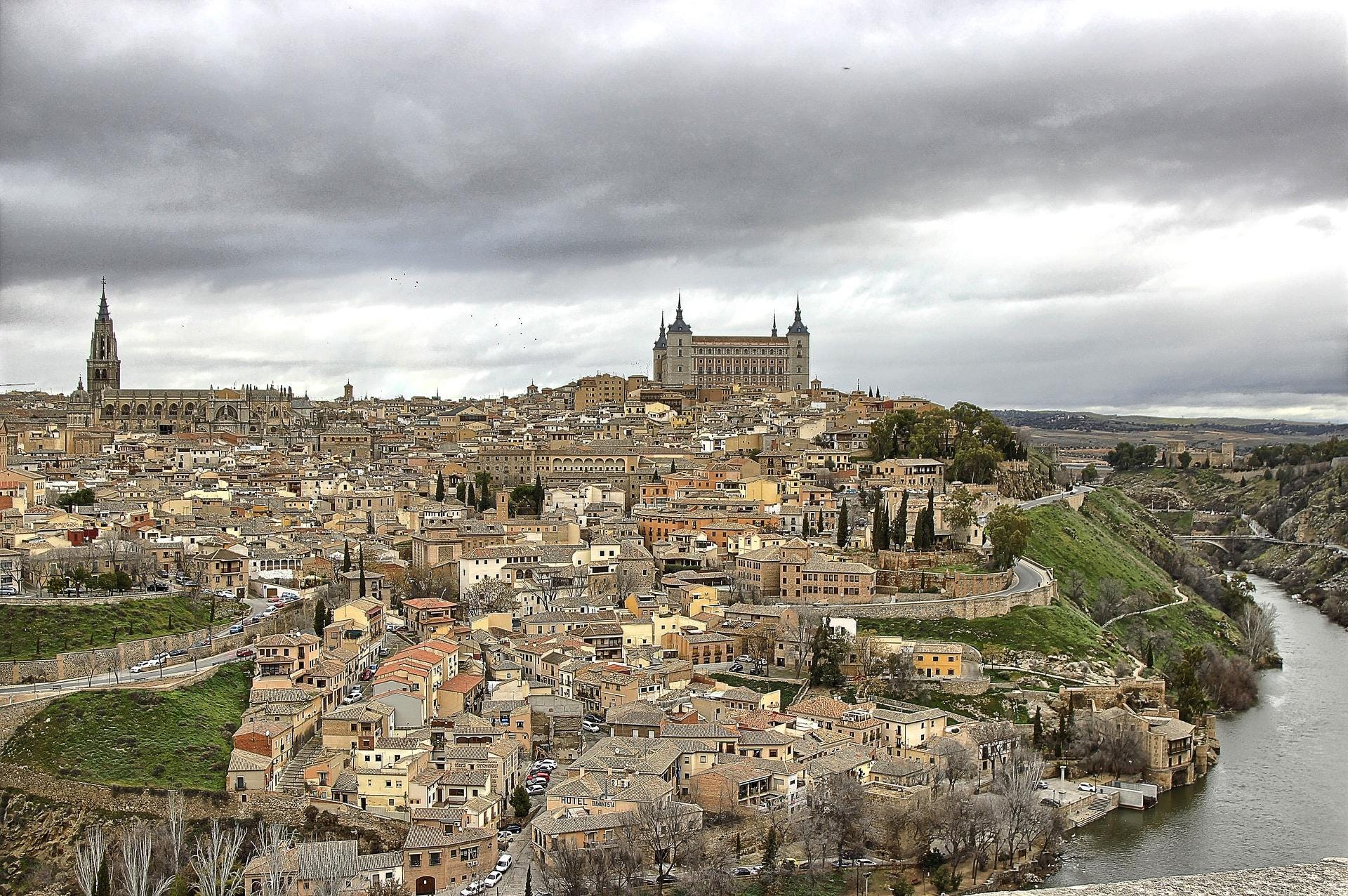
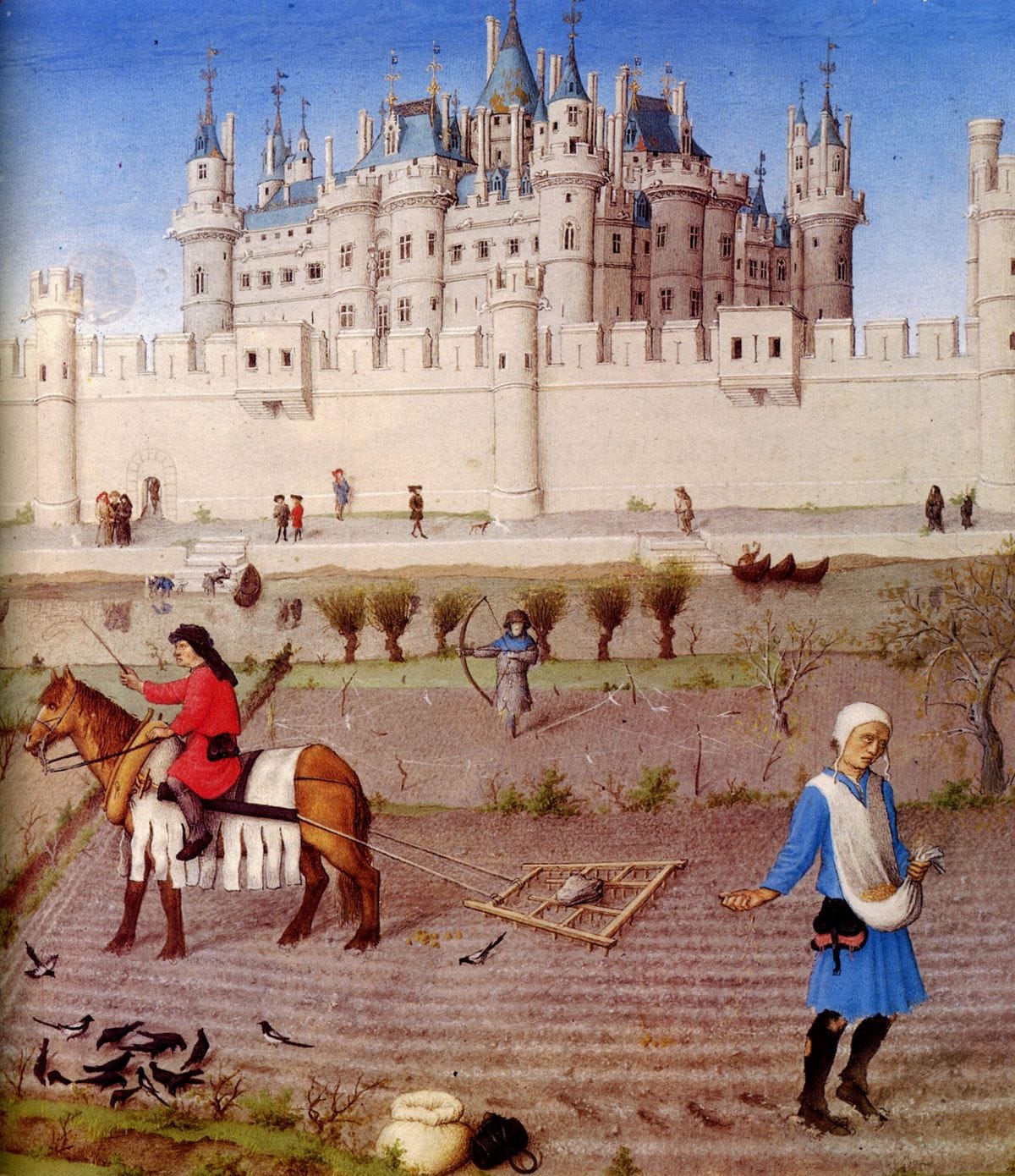

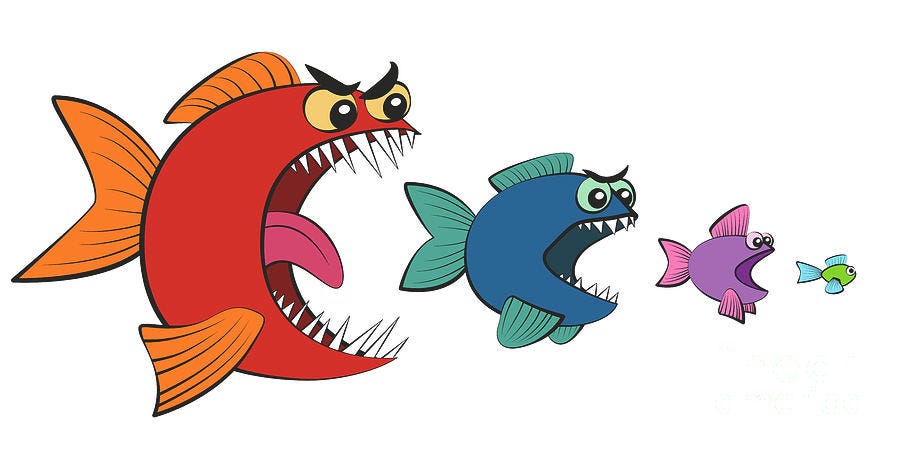




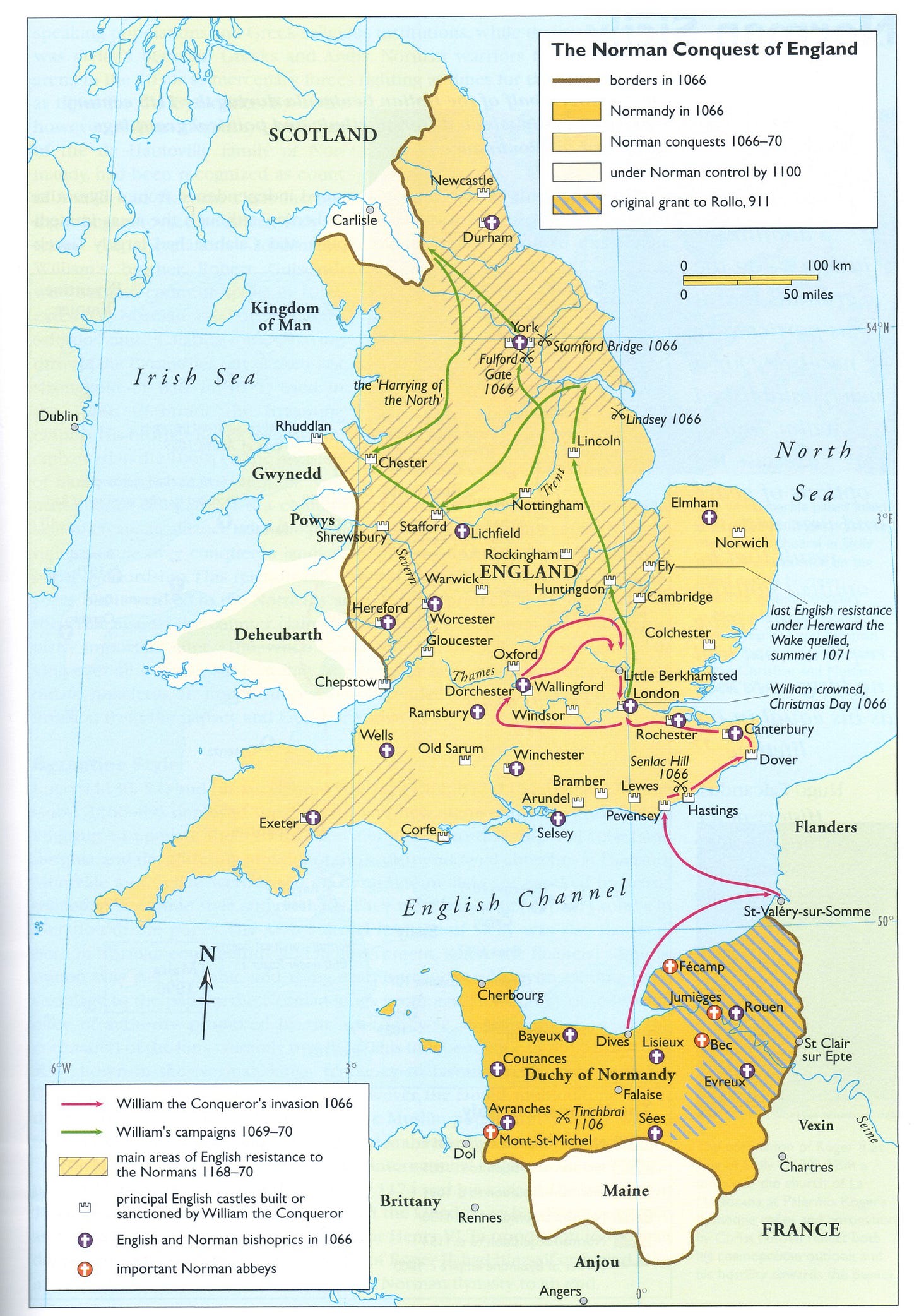
![The Reconquista [4800×3500] : MapPorn The Reconquista [4800×3500] : MapPorn](https://substackcdn.com/image/fetch/$s_!ws1p!,w_1456,c_limit,f_auto,q_auto:good,fl_progressive:steep/https%3A%2F%2Fsubstack-post-media.s3.amazonaws.com%2Fpublic%2Fimages%2Fcb834cef-8dd8-4e68-bfe2-25b42e6fcae6_4800x3500.jpeg)


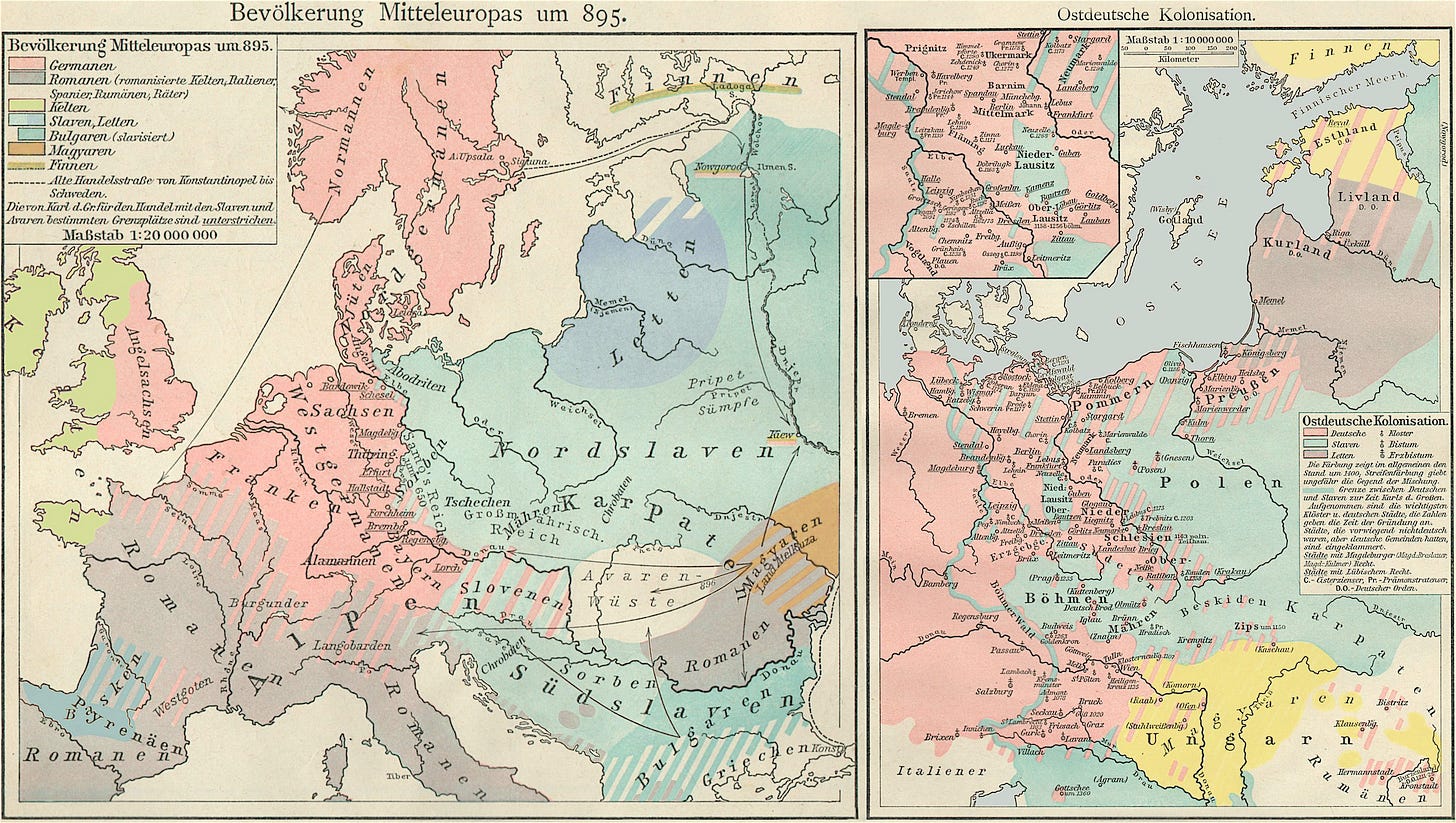

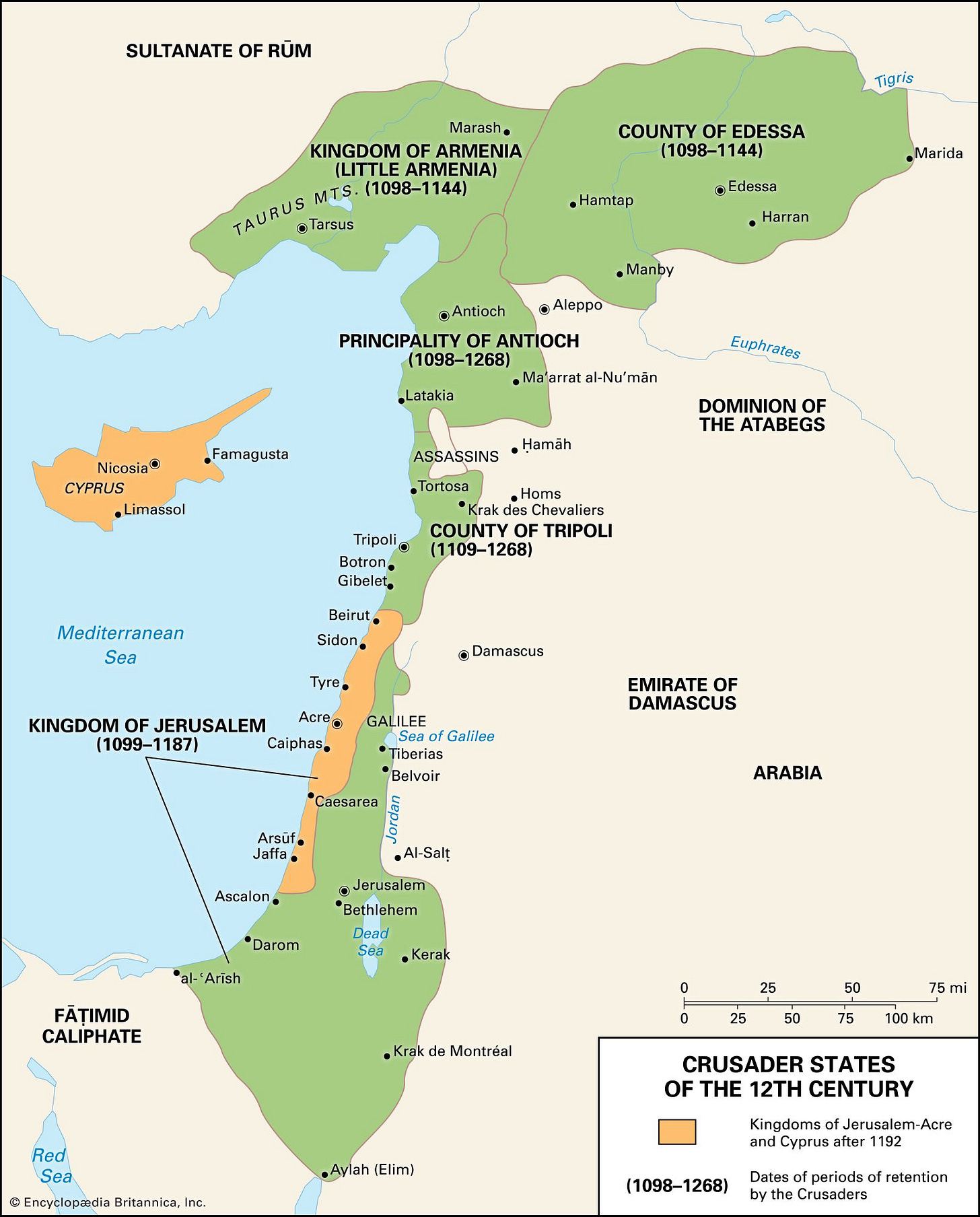
This is really good too!
What do you think of the idea of Startup cities that's taking root in the libertarian community? Are there any lessons they can take from the autonomous cities from medieval Europe?